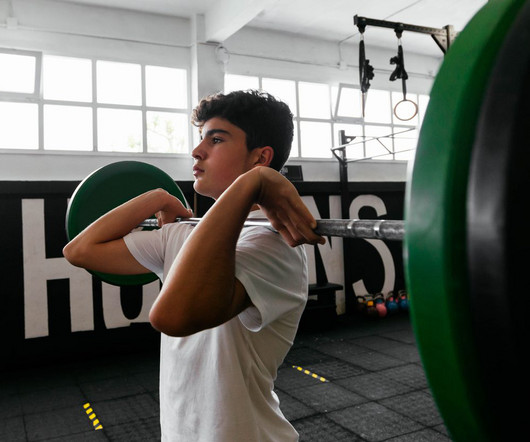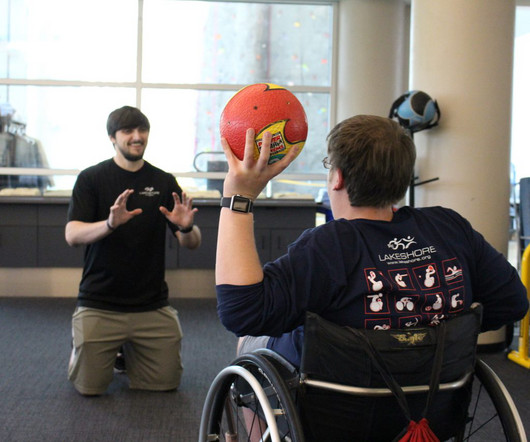High School Strength and Conditioning Curriculum
PLT4M
APRIL 17, 2023
Therefore, high school strength and conditioning curriculum plays a pivotal role in students’ long-term development in physical education. This article explores specific programs and approaches for the different levels of students in a high school strength and conditioning program.














Let's personalize your content